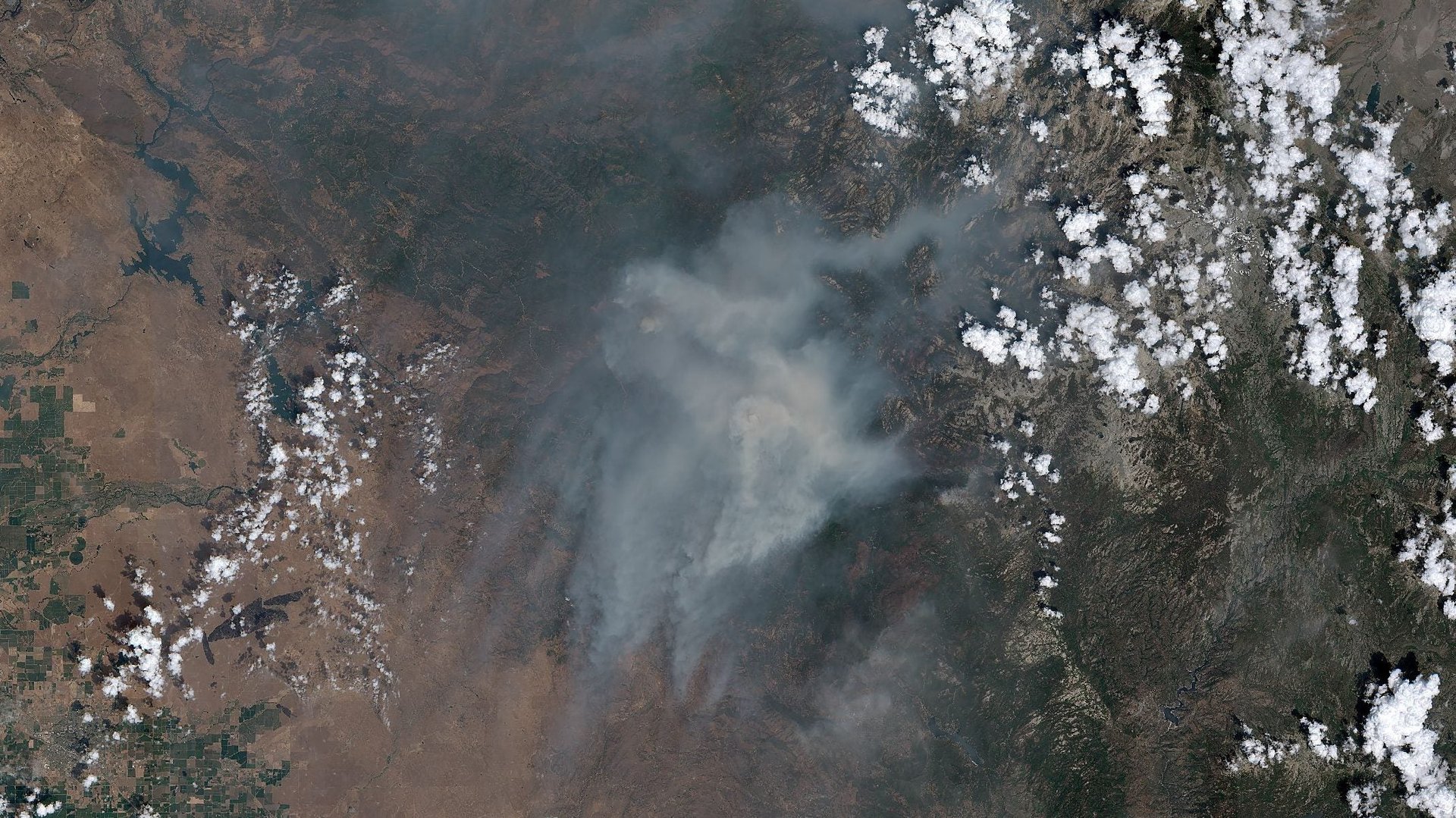Wide swaths of Yosemite National Park are closed
As smoke from the nearby Ferguson wildfires blankets the Yosemite valley, US National Park officials closed popular sections of the eponymous national park on July 25. The blazes that started on July 13 have burned 38,522 acres (155.6 sq km) and are only 25% contained.


As smoke from the nearby Ferguson wildfires blankets the Yosemite valley, US National Park officials closed popular sections of the eponymous national park on July 25. The blazes that started on July 13 have burned 38,522 acres (155.6 sq km) and are only 25% contained.
The fires are likely disrupting holiday plans to the beloved preserve. Yosemite sees about 600,000 visitors come through its granite pass in July. Closing entrances for even a weekend can be costly. Yosemite visitors spent $452 million last year—$34.3 million at retailers, $76.4 million at restaurants—according to government figures. In all, officials estimate the park contributes $589 million to the US economy.
Satellite imagery from the European Space Agency show the fires just outside Yosemite. The smoke has wafted into the park filling a major valley.
The steep terrain of the Sierra Nevada mountain range poses significant difficulties for the emergency response. It necessitates support from helicopters transporting the 88 crews across the fires.
Infrared radiation reveals the hottest parts of the fires. It also lets us see through the smoke, exposing the rough topography firefighting crews face.
The difference of air temperature between the low valley floor and high Sierra ranges traps the smoke between the ridges. The people indigenous to the Yosemite area, Ahwahneechees, described the valley as a literal open mouth or ahwahnee. Imagery from Planet Labs clearly shows that “mouth” swallowing the smoke.
So far park officials declared the Yosemite Valley, Wawona, and Mariposa areas closed. That’s about 30% of the park, including major attractions like Half Dome, Sentinel Dome and El Capitan. The Mariposa grove had only recently reopened after three years of restoration which aimed to improve trails and waterways. The grove is home to over 500 mature giant sequoias. Park officials estimate they’ll be able to reopen the areas Sunday July 29.
Webcam by Yosemite Conservancy at yosemiteconservancy.org. Time-lapse movies by Halfdome.net